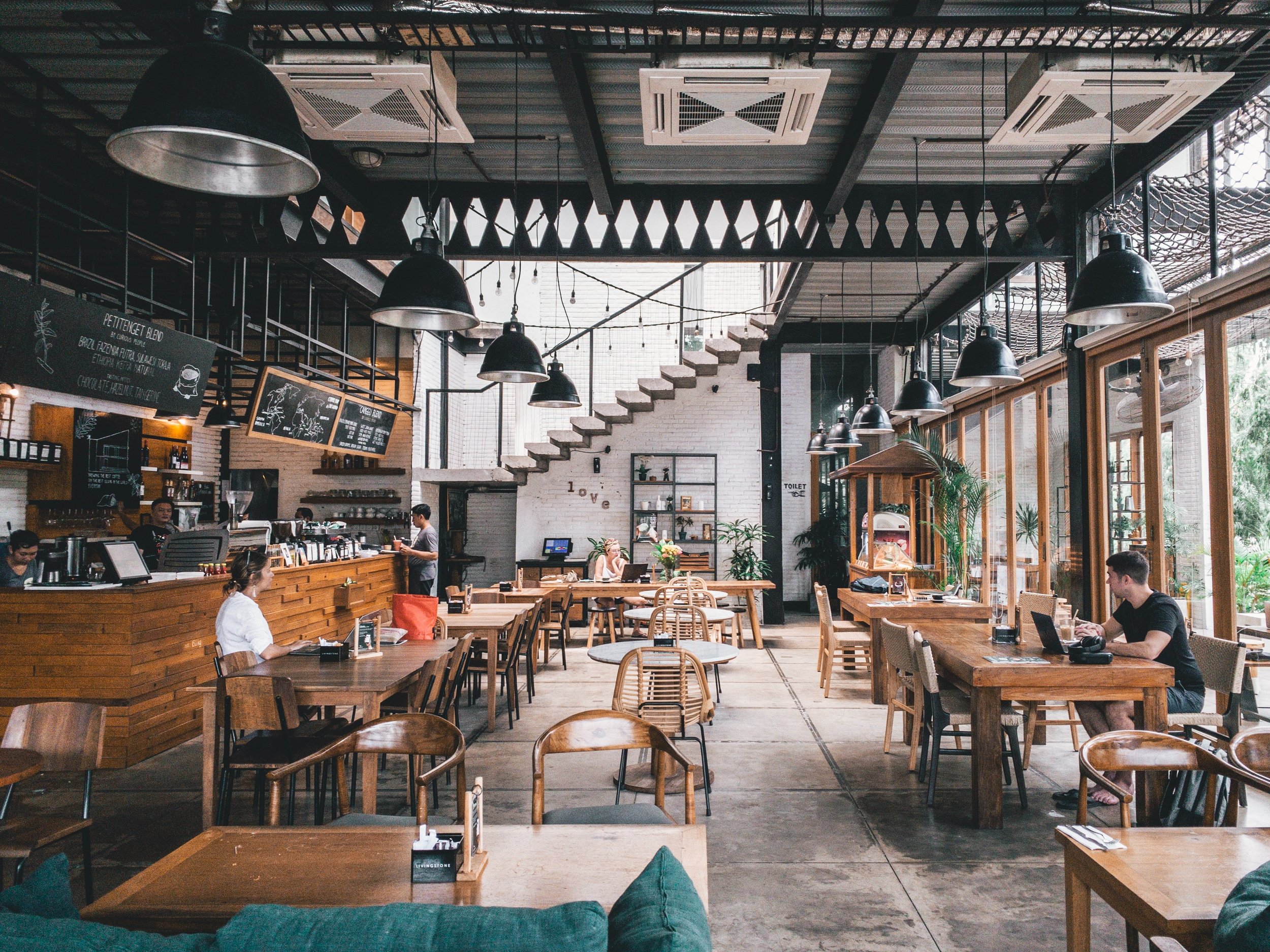QR Code Menus for Hotels
• Intro • Amplifying Guest Experience • Importance for Hotel • Guest Personalization • Business Impact • Guest Impact • Data Benefits for Staff
QR codes have allowed hospitality establishments to augment their digital offerings to guests. In restaurants, digital menus can help guests explore the rich visual content of dishes. But more importantly, they can help operators provide curated experiences for diners at a scalable level, all thanks to leveraging gathered data. Check out our product tailored for restaurants here.
QR code menus are important for restaurants, but have so many more use cases for hotels. Photo by Blake Wisz on Unsplash
The use case for QR Code menus in hotels is far more expansive - they can be expanded from simple menus into broad guest engagement and loyalty platforms. As hotels look to move away from pamphlets, emails, and phone calls, and take advantage of the dramatic post-pandemic shifts in the industry, hosting their own bespoke platform is a must. Below, we’ll detail out what a good QR Code-enabled guest engagement platform can do for hotels and guests.
How can QR Codes amplify guest experiences in hotels?
QR codes are an essential tool within the hotel industry in today’s age to amplify guest experiences and engagement at the property. Many different services and operations within a hotel can be transformed with the utilization of QR code menus.
Restaurant and room service menus, for instance, can be easily updated according to menu and inventory changes without the need for re-printing. A digital menu allows guests to directly order their meal without hassle and make reservations without having to wait on hold.
Beyond dining menus, QR code menus can also synthesize all available activities, facilities, and offers within a hotel into one accessible page. Reducing the work guests have to do to enjoy the experiences they want is key to boosting guest satisfaction. Furthermore, hotels can easily communicate event offerings to guests via push notifications or create a forum for guests to provide immediate feedback to drive continuous growth.
QR codes open a new world of flexibility that will allow your hotel to maximize guest satisfaction.
QR codes allow hotels to bring disparate sources of information under one roof. (Photo on Unsplash)
Why is it important for a hotel to have a QR code menu?
Whether from the hotels’ or the guests’ point of view, it is crucial for a hotel to have a QR code menu. As a truly global industry, hotels serve thousands of people from all over the world who speak different languages. QR code menus remove the potential language barrier between the hotels and their guests - simply enable versions of the app in different languages. Guests do not need to struggle to communicate with a person they don’t share a language with - they can simply view content in their native language right on the app.
Additionally, having a QR code menu significantly reduces the time guests spend waiting for services or answers, and lightens the workload for hotel staff, who get asked the same question hundreds of times a day. Simply display answers to FAQ’s on your web app. Lastly, implementing new technologies in hotel services can result in 135% increase in online revenue (Source).
Guest personalization with QR Codes
While using QR codes to simply digitize pamphlets and menus is already a marked improvement in the guest experience, digital guest engagement platforms have far more potential to reimagine the hotel experience. One area of massive potential is using digital platforms to curate and provide personalized information to guests based on their unique preferences. Through guest personalization, QR code menu software can allow guests to easily discover activities they would be interested in based on their individual and unique profile and preferences, helping them quickly and efficiently plan their vacation.
Planning a trip is often a daunting task, and software that helps guests both connect with their hotel and plan their trip from curated recommendations is extremely valuable. Hotels can use their knowledge of guests’ preferences to offer better service or even facilitate local partnerships. The analog to this concept in a restaurant setting is a digital menu that automatically suggests dishes to guests based on their past preferences, dietary restrictions, and popular items. Such technology would dramatically reduce a diners’ time to order - no longer do they need to wait for menus to be handed to them, ask a multitude of questions about dietary restrictions, or ask the common question of “what’s good here?”
What impact on the business can a QR code menu have for a hotel?
QR code menus help hotels adopt a touch-free process that is highly preferred by customers. Surveys indicate that 70% of millennials would prefer a contactless hotel experience, and this percentage is even higher for Gen Z. Clearly, easy-to-use digital services are becoming a must-have for hotels, and their status as an irreplaceable commodity will only be further cemented in the coming years.
The contactless experience expands well into hotel operations. According to a survey conducted by Criton in 2020, 80% of guests were willing to handle all aspects of their stay digitally, and 47% said they would order room service more frequently if they could do so digitally. Hotels therefore have a huge opportunity to increase profits and guest engagement through QR code menus.
Increased engagement also helps with personalization. Contactless services like QR code menus operate using a guest's preference data, which allows a hotel to better cater to visitors' individual tastes by understanding guest personas - are they there for a honeymoon, or a trip with their large family? QR code menus can radically improve the guest experience at a hotel, easing frustrations and providing recommendations that can create lifetime memories. All of these benefits ultimately serve to help the hotel garner more revenue, positive reviews, and higher brand loyalty.
As the demand for contactless services is ever-increasing, hotels are the latest industry to realize their potential to streamline guest services.
What impact on the guest’s stay can a QR code menu have?
A QR code menu can significantly improve the guest experience by reducing the check-in wait times, making ordering meals an easy process, and showcasing what the hotel has to offer in the best way possible. Surveys have shown that implementing new technology in hotel services can reduce guest complaints by 71% and increase customer ratings by 19% (Source). These statistics show that implementing new technologies such as QR code menus increases customer satisfaction substantially.
Another valuable feature a QR code menu provides to guests is the convenience of finding activities. Through keyword searches and filtering, it takes guests all but a few seconds to learn all the activities that are available and choose from them based on their preferences. Having all the needed information laid out in a very organized way reduces the guests’ search time for fun activities, and helps them enjoy their vacation to the fullest.
What kinds of data are useful for a hotel to collect about their guest?
Most hotels collect and store an extensive amount of information about their guests. Guest data is non-public personal information about a certain guest, including and not limited to payment details, name, address, phone number, and email address. Obviously, such data as is detailed below must be handled with extreme care, and hotel groups will likely have their own strict policies on guest data privacy that technology vendors must adhere to. There are 5 main types of data that hotels usually collect from their guest.
Contact Information: Contact information is both the most important and easiest data to collect which ranges from full name to physical address.
Demographics: Demographic details matter because different guests should be treated differently based off of details such as age, marital status etc. A young child would experience different aspects of a hotel than a couple on their honeymoon.
Trip Intention/History: Identifying the intention behind the guests’ stay at the hotel is crucial to set the tone for the types of promotions the guests would like to receive. For example, a parent traveling with children would be delighted to receive an email about amusement park discounts whereas a business traveler would likely find it unnecessary.
Preferences and Interests: Knowing guests’ preferences such as allergy-free food or rooms that are inter-connected to facilitate traveling with kids is especially important so that their needs are accommodated for.
Experiential: Experiential data mostly comes from feedback forms that guests complete after their stay at the hotel, which hints at the expectations that guests may have for future stays.
With the help of QR codes, hotel staff can efficiently provide a better personalized experience for guests and anticipate what their specific needs are.
How can a hotel concierge use this data about their guest to provide better customer service?
There is lots of potential to securely use guest information to further personalize and enhance the guests’ experience at the hotel. Such solutions can only be developed through understanding the customer’s profile and preferences in further detail in order to match the customer’s needs. For example, the needs of a corporate executive would be highly different from the needs of a mother traveling with two kids. Understanding the differences in customer profiling could lead to personalized details or gifts that are tailored to the guest’s preferences. The hotel concierge could also utilize the guest data to provide personalized recommendations of extra services in the hotel that they may enjoy.




